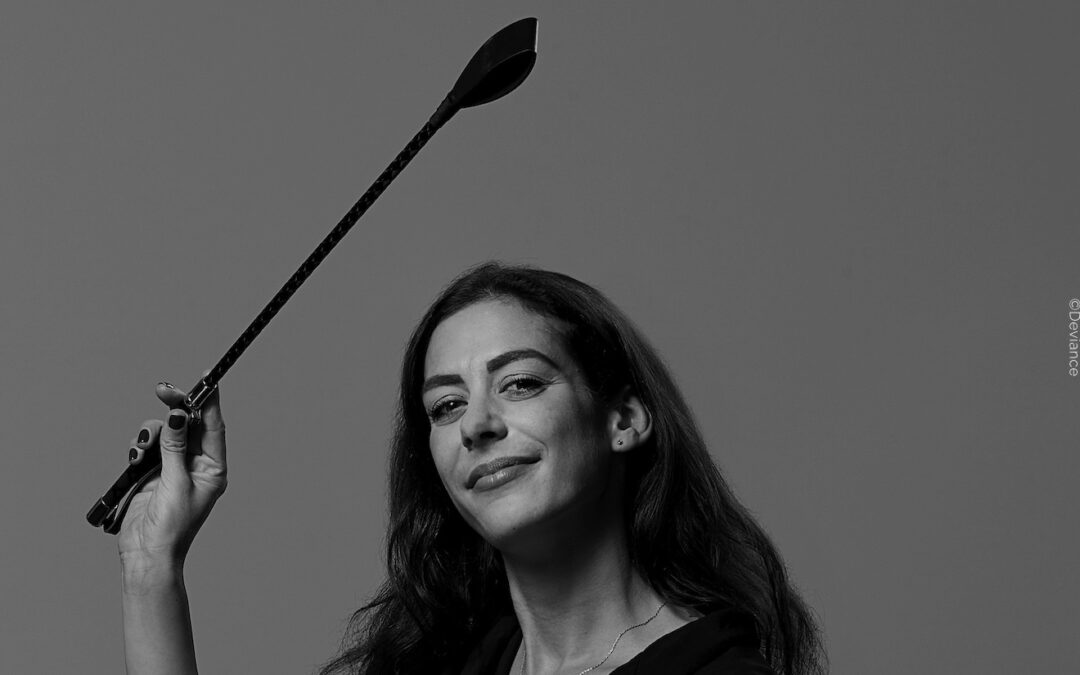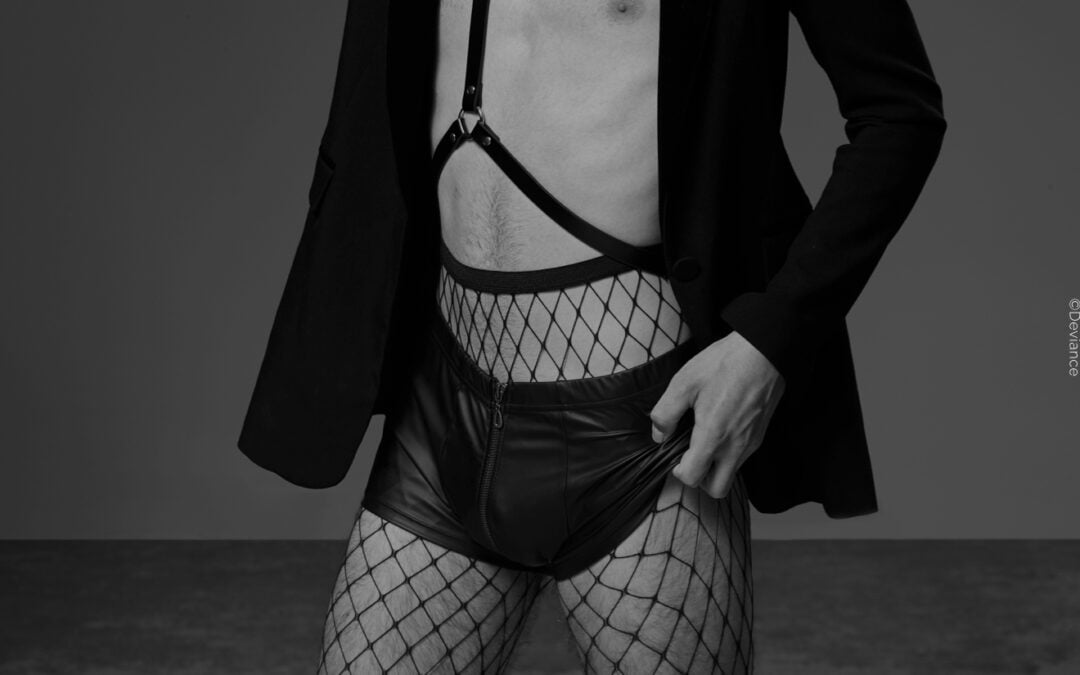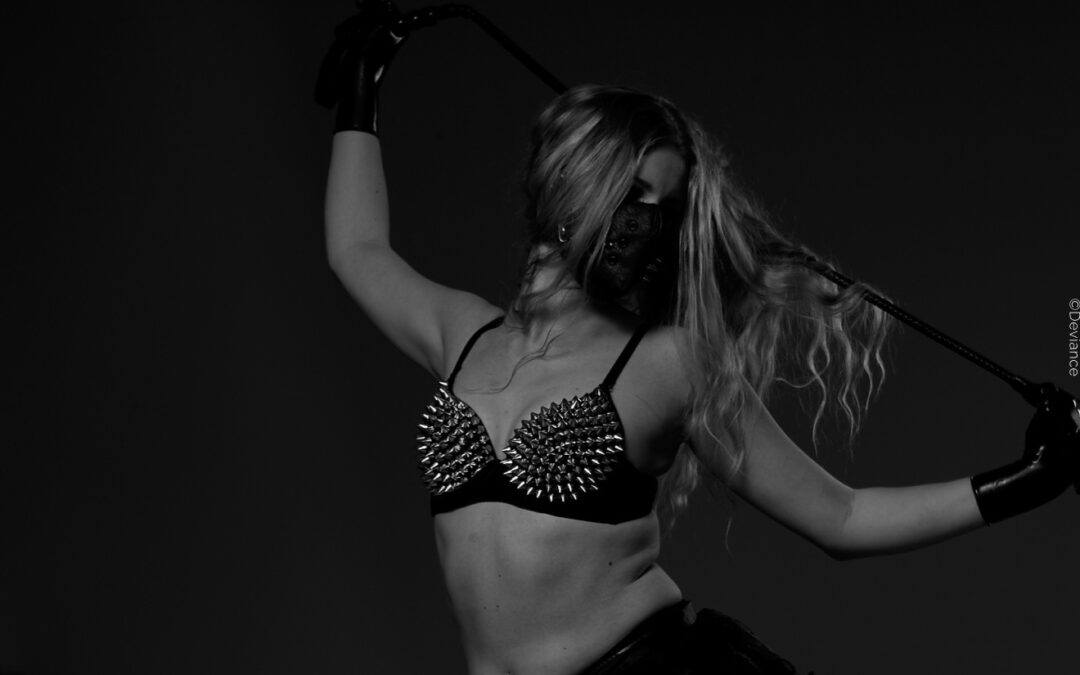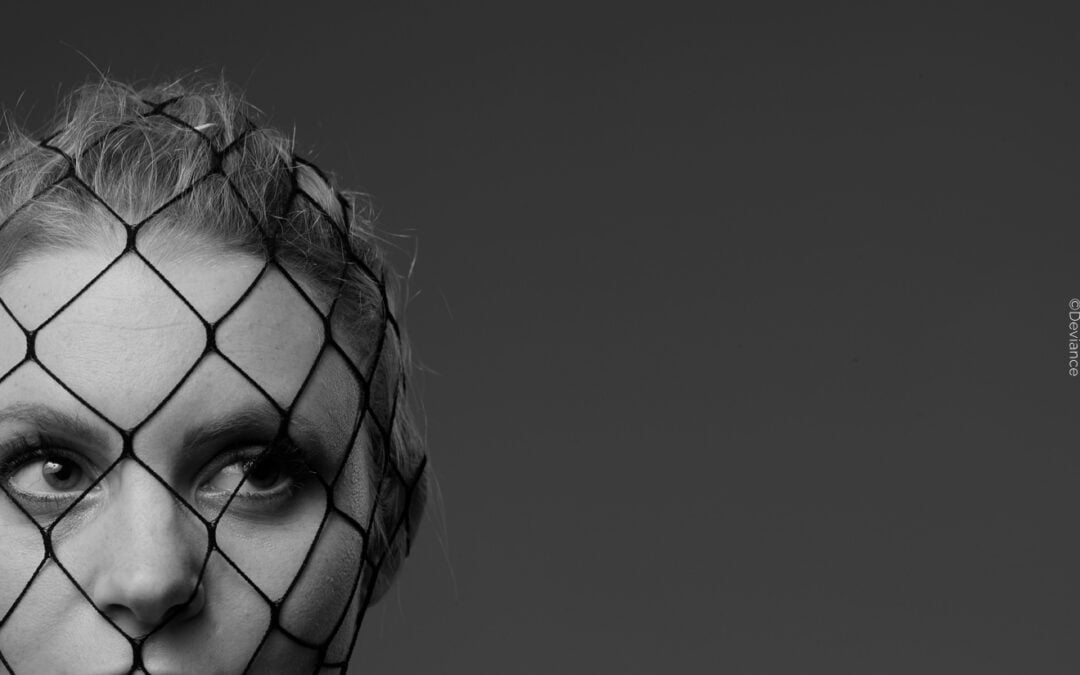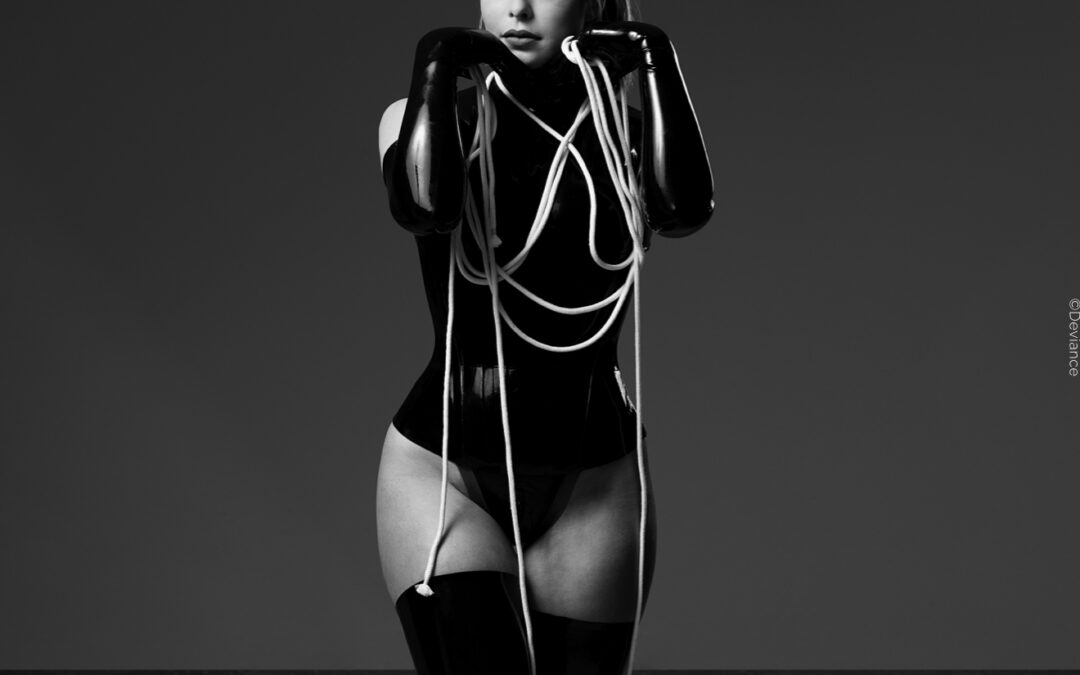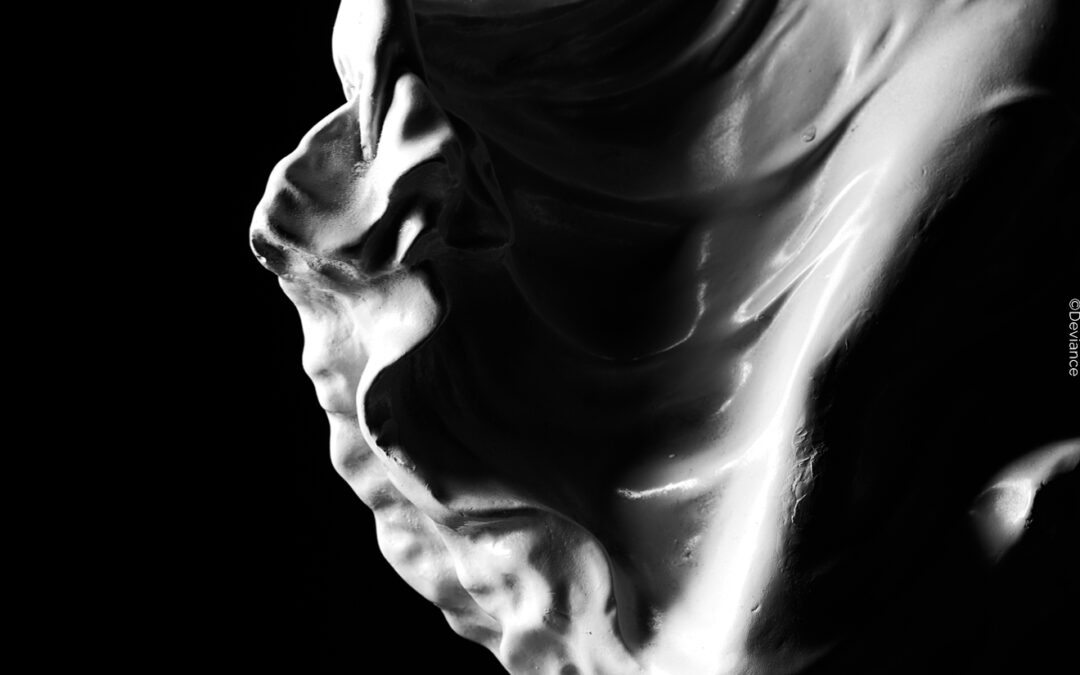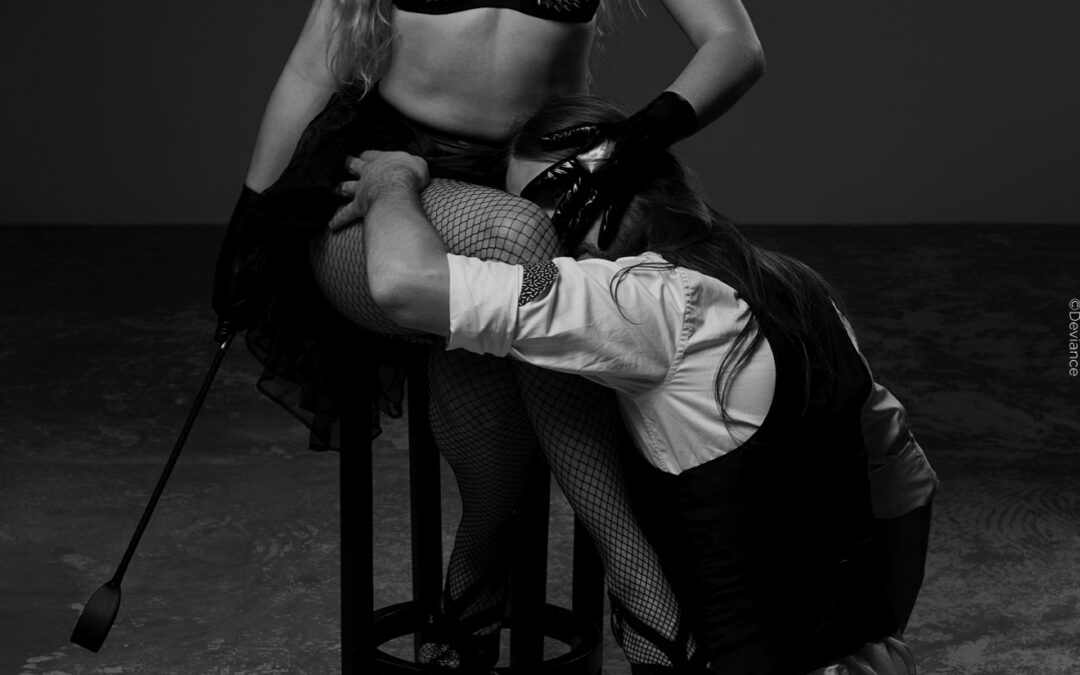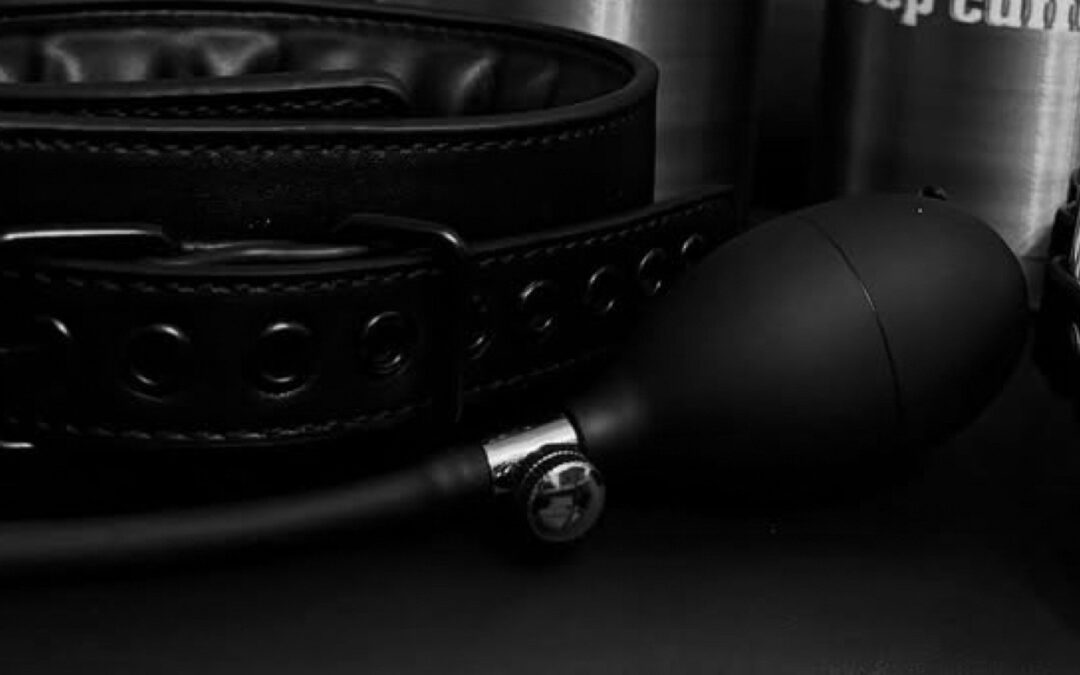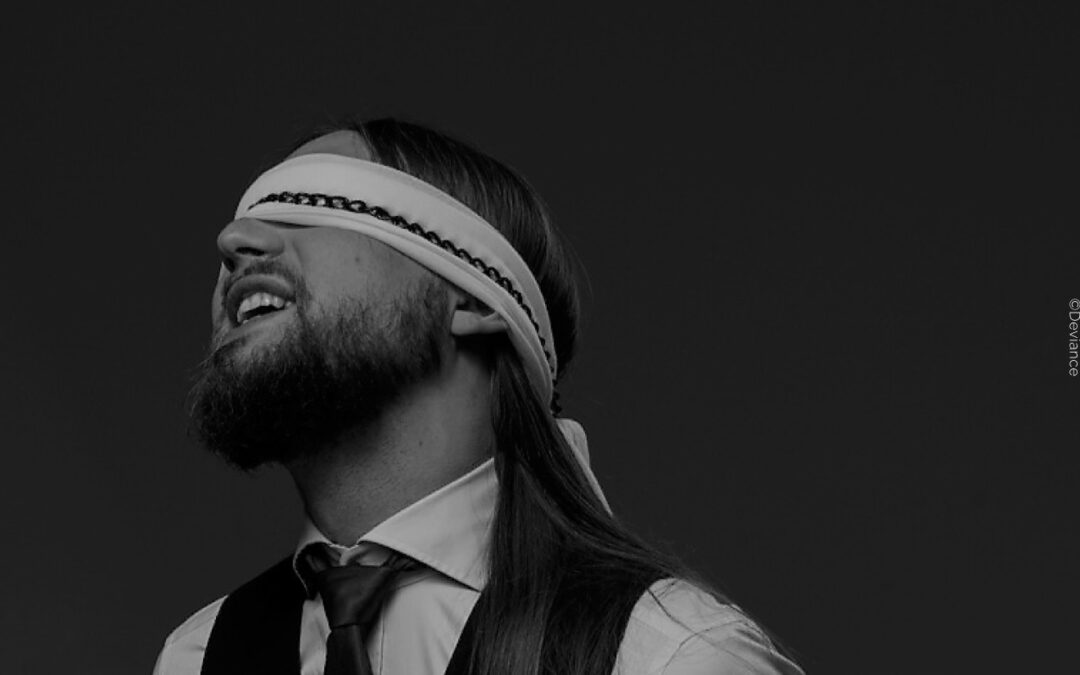CATEGORY: OTHER
What is a Pet actually?
Like so many other BDSM terms, the word “pet” indicates already the role. However, this is less about the fluffy four-legged friends and more about the Bottom(s) in so-called pet play. Pet play does not include sexual intercourse with real animals, bestiality or zoophilia.
As a Pet, the Sub takes on the role of an animal obedient to the Top. There are various roles and dynamics in which one can play. A Pet can have its own unique character, or it can be a form of humiliation to assume this role.
In BDSM there is just as great a variety of animal roles as there is in nature. Most Pets can be categorized as submissive types. However, a hierarchy can be established within a pack or group of Pets.
The most popular pets are dogs or puppies (puppy play), which are particularly popular in the homosexual scene. However, cats, ponies, horses, rabbits, foxes, wolves, rats and pretty much every conceivable animal is also represented in the pet play community. Klaus the Zebra and Nighty Swifthoof the Pony have become famous throughout Germany. Fantasy animals such as dragons, unicorns and anything else you can think of can also be found time and again.
What does the role of a Pet look like?
In pet play, a distinction is made as to whether you voluntarily take on an animal role or whether you want to be degraded to animal status, i.e. treated like an animal. The special attraction of being a pet is often that you shed your human characteristics. You do without language and explicit human actions. Without having the same physical restrictions or lack of freedom of choice as with bondage, for example.
For example, the Pet can decide when to drink, but must do so from a bowl or with help from a bottle. It can retreat, but on a specific blanket or in a basket. The Pet space is also popular as an aftercare mode.
Opposite the Pet is the farm animal. Examples include cows, pigs and sometimes horses. This is particularly about the dehumanizing part of animals. The breeding fantasy also often plays a role here.
Which roles is the Pet related to?
Close relatives of Pets are Furries, furry fantasy creatures. Pets are also commonly found in the realms of Subs or Littles. However, Serfs and Degradees also enjoy the strong power dynamics in this role. People who have a preference for primal play may also feel comfortable as a tamed Pet. Essentially, all forms of Bottoms can find themselves in this role, as well as Middles and Switches.
Who matches with a Pet?
Depending on the dynamics of a Pet and its Top, there are many roles that suit a Pet. A Handler is a Pet owner. He or she can be seen as a general pet owner with a training aspect, but without a necessarily pronounced power dynamic. This is often about living together, in which he or she exerts influence, but without permanent instructions and a distinct system of rules.
A stricter variant of the Handler is the Owner. This could be equated with the Mistress or Master, i.e. a defined claim to ownership and the associated relationship. An Owner often has distinct rules for the Pet and often also specific names, commands and ideas and identifies it with appropriate accessories such as a collar.
The Trainer would also be a possibility for a Pet Top. People with this type of character mainly enjoy the training part of pet play. They are concerned with learning commands, behaviors and often specific routines. Trainers do not necessarily have an emotional attachment to the animal character, but rather to the function of a Pet.
How do I know if I am a Pet?
Most Pets have various characteristics. From herding dog to cuddly kitten, every character can be represented. However, most pets tend to have a propensity for autonomous behavior within a given framework of decisions. Pets have a need for attention, tranquility, and a close bond with their partner. A certain inclination towards playful interaction and affectionate wildness is also advantageous.
What to consider as a Pet
As you often act non-verbally as a Pet, it is important to agree on gestures together to express your desire for drinks, snacks or other things. Petspace is also very intense and almost naive. The Pet is often very sensitive here and a slow approach, long conversations about limits and boundaries, as well as safewords are important.
A pet does not have to be played with all the time. To create a zone in which both parties do not feel obliged to interact all the time, a quiet space such as a blanket or basket should be created. On the one hand, the pet can retreat there when it wants to rest, and on the other hand, Dom:me can send the pet there when he or she is tired of throwing balls but wants to maintain the pet’s mental space.
Pet play is a bottomless pit, it can be expanded forever with equipment, techniques, training, education, handling and environment. However, it is important not to lose sight of the actual idea between humans and animals. Some people don’t need any equipment for the petspace, while others want to wear masks, gloves, harnesses or paws to feel as dehumanized as possible. Material battles can be very enjoyable, but pet play thrives on the unique dynamic between Pet and Top.

